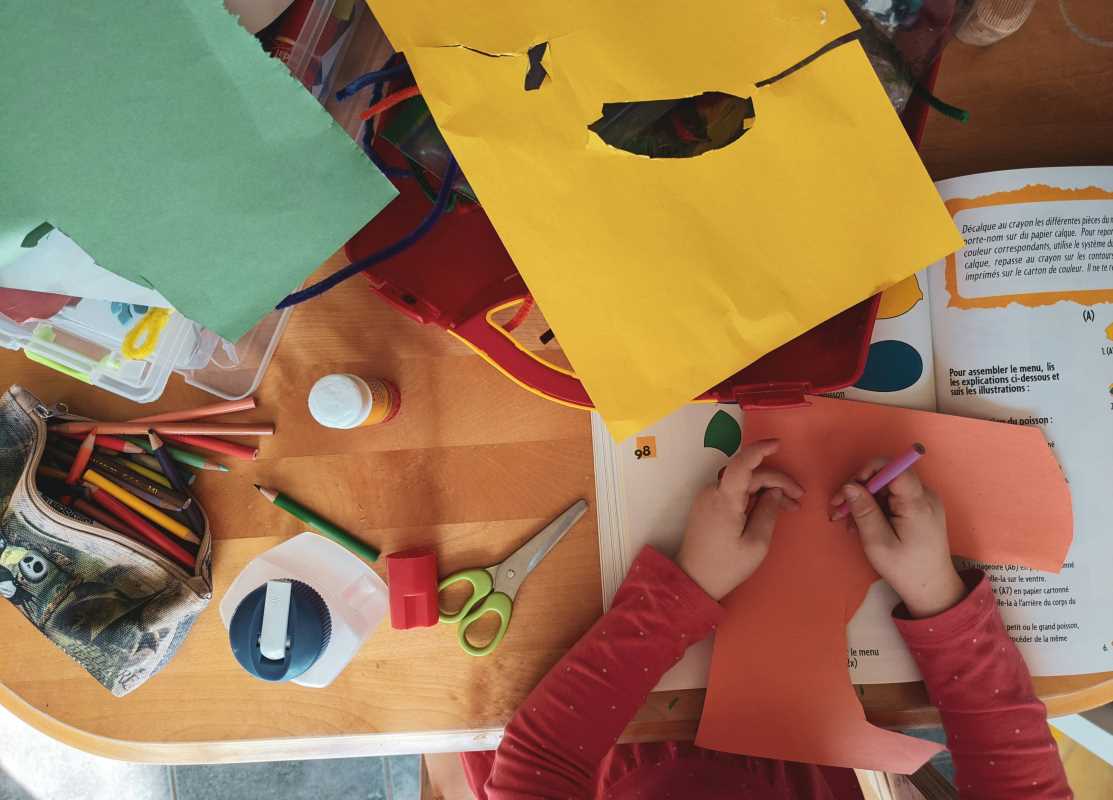Teaching kids how to identify suspicious behavior is crucial in helping them stay safe in various situations. By equipping children with the knowledge and skills to recognize potential red flags, they can better protect themselves and seek help when needed. Here are some key points to consider when discussing this important topic with children:
Encourage Open Communication
Encouraging open communication with children is essential in helping them feel comfortable discussing any concerns they may have. By creating a safe space for kids to share their thoughts and feelings without judgment, parents and caregivers can foster trust and empower children to speak up if they encounter something suspicious.
Teach Them to Trust Their Instincts
It's important to teach children to trust their instincts when something doesn't feel right. Whether it's a stranger offering candy, a person asking them to keep a secret, or a situation that makes them uncomfortable, kids should know that it's okay to say no and remove themselves from the situation. Instincts are powerful tools in recognizing suspicious behavior.
Educate Them About Stranger Danger
While not all strangers are dangerous, it's essential to teach children about stranger danger and how to stay safe when interacting with unfamiliar individuals. Kids should understand the importance of not sharing personal information, avoiding isolated areas, and seeking help from trusted adults if they feel threatened or scared.
Highlight the Importance of Setting Boundaries
Teaching kids about setting boundaries is a fundamental aspect of helping them identify and respond to suspicious behavior. Children should know that it's okay to say no to any requests that make them uncomfortable, and they have the right to establish personal boundaries to protect themselves.
Role-Play Different Scenarios
Engaging in role-playing exercises with children can help them practice how to respond to various situations involving suspicious behavior. By acting out scenarios such as being approached by a stranger or receiving a strange online message, kids can develop the confidence and skills needed to handle these real-life encounters effectively.
Empower Them to Seek Help
Empowering children to seek help when they encounter suspicious behavior is crucial in ensuring their safety. Kids should know who they can turn to for assistance, whether it's a parent, teacher, or trusted adult. Teaching children about the importance of seeking help and reporting concerning incidents can help prevent potential risks and dangers.
By teaching kids how to identify suspicious behavior and empowering them with the necessary skills to respond effectively, parents and caregivers can play a significant role in keeping children safe in various environments. Encouraging open communication, trusting instincts, educating about stranger danger, setting boundaries, practicing different scenarios, and empowering children to seek help are essential components of teaching kids about recognizing and addressing suspicious behavior.
 (Image via
(Image via





